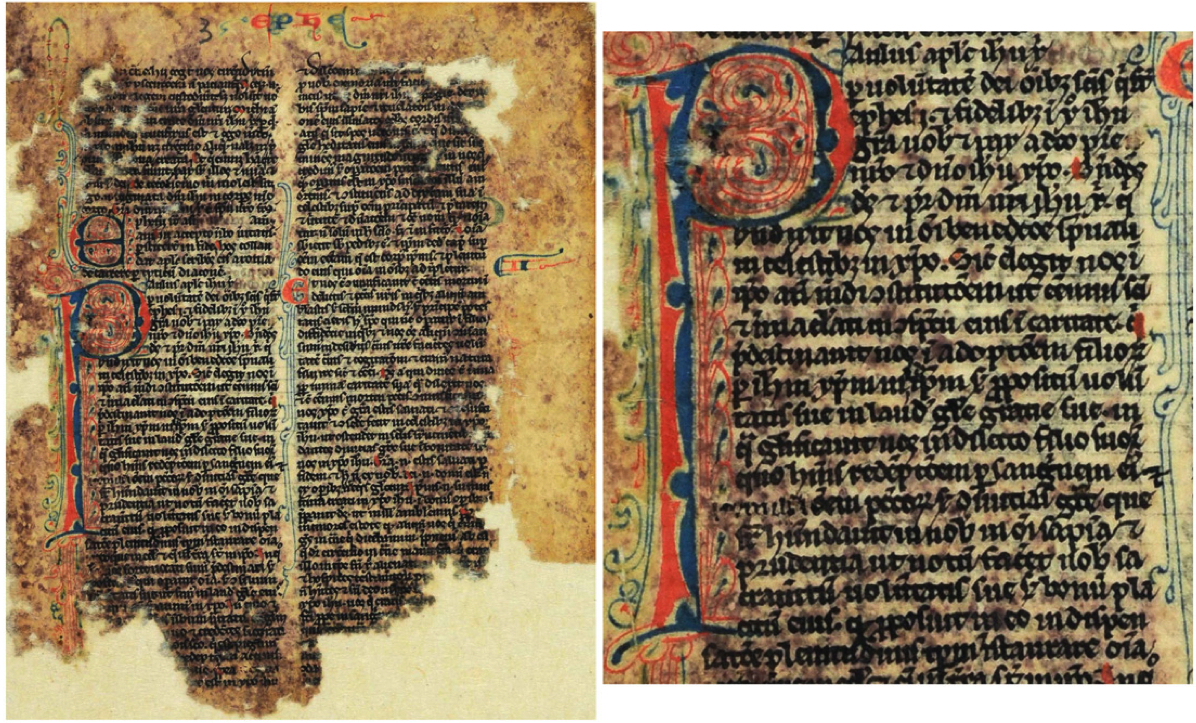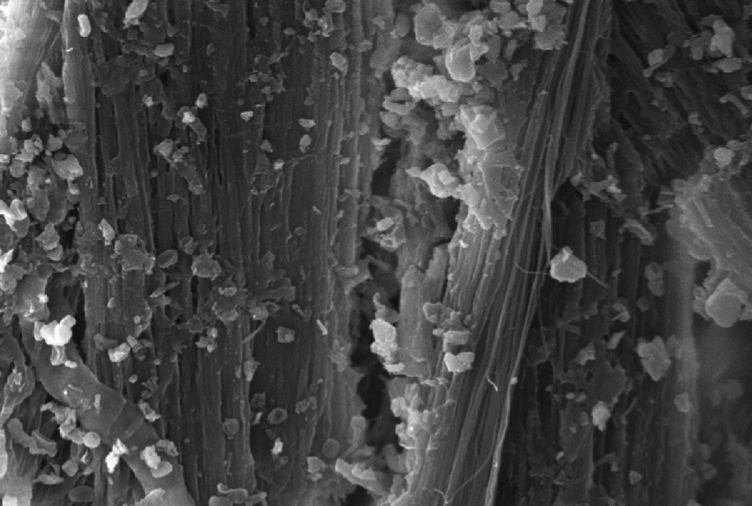
Some sad-yet-happy news: I’m leaving the people of LWON. Next week I’m launching my own blog at a new network hosted by National Geographic. I’ll be sharing a web neighborhood with some amazing writers (and they’ll post their own announcements soon). My blog, called Only Human, will be all about people — our genes, cells, brains, behaviors, history and culture.
The move has prompted me to reflect on the last two-plus years of my contributions here at LWON. I wrote some posts that turned out to be unexpectedly controversial, cathartic, and popular. I experimented in cartoony multimedia. My voice matured, maybe, and word counts swelled, definitely.
My favorite posts are the quirky detective stories, like how to find out whether Napoleon is really buried in Napoleon’s tomb, or what disease killed Chopin, or in what country a mouse hopped aboard an otherwise sterile container ship.
In that spirit, I leave you with an offbeat tale about the Silk Road, Marco Polo, lamb fetuses, paleo-proteomics and a very old bible.
In 1685, a Belgian Jesuit named Philippe Couplet returned to Europe after nearly 30 years working as a missionary in China. It was not a modest homecoming. Couplet spent several years visiting various European rulers, showering them with golden goblets and elaborate embroideries, and crowing about his time away. He gave the Pope some 400 Christian books that had been translated into Chinese, and took a Chinese traveling companion to visit linguists at Oxford who were curious about the Chinese language. To the Grand Duke of Tuscany, Couplet presented a 4.5-inch square pocket bible wrapped in creamy yellow silk. The manuscript, he claimed, had been carried to China by none other than Marco Polo and was now, finally, returning home.
Four centuries earlier, in 1271, 17-year-old Marco Polo left his native Venice for a three-year, 6,000-mile adventure down the Silk Road to China. He stayed there as an ambassador for 17 years, then spent two years coming home by sea. Polo was just getting settled back when Venice went to war with Genoa, and he wound up in prison. There he shared his stories of the Orient with his cell mate, Rustichello da Pisa, who turned them into perhaps the most famous travel book of all time.
So you can understand why Couplet would have been proud to acquire the famed traveler’s bible. He told the Italian Duke that he had received it from a native in the Nanking Province, who said it had been carefully passed down in his family since Polo’s time. The book went into a big library in Florence, the Biblioteca Medicea Laurenziana, and has been scrutinized by historians ever since. This summer, it was displayed* in Tiananmen Square for a Chinese government tribute to Marco Polo.
The book is falling apart. Most of its 456 parchment folios are full of holes and all stuck together. It was most likely one of the 10,000 bibles produced (by hand, painstakingly) in Paris between 1235 and 1300, and sold to theology students, priests and monks. But that seems to be the only solid claim about its history.
I fell down this rabbit hole about a week ago, when a search of a biomedical research database turned up a paper with a title that I couldn’t help but click: “The Silk Road, Marco Polo, a bible and its proteome: A detective story.” It was published in June, in the Journal of Proteomics, by a group of Italian chemists. The scientists were interested in one particular aspect of the bible’s lore: that its ultra-thin pages were made from lamb fetuses.
I can’t find evidence of any such claim, but I’ll take the scientists’ word for it, as they put a helluva lot of effort toward disproving it. Here’s their gist of their skepticism:
…out of a single foetal lab skin only two pages (even of a pocket bible) can be produced. Considering that on average such bibles contained 600 pages and that 10,000 were produced over a 65-year span in Paris, this would have meant sacrificing 3 million lamb foetuses, a hecatomb hardly conceivable in the Middle Ages where food was at premium and often famine ravaged Europe. Farmers could not have possibly afforded it.
Being scientists, they sought proof. The director of the big library in Florence gave them a few fragments of the parchment, which they analyzed using several sophisticated methods that don’t much interest me, except for a couple of the pictures:


The bottom line of these experiments is that the scientists were right to be skeptical. A mass spectrometry analysis turned up eight different proteins, all of which belong to the genus Bos taurus. The bible’s pages came not from lamb skins, but calf skins.
I know what you’re thinking, and I’m totally with you. That’s the big detective story? Big deal! What about the real question of whether the damn book was actually Marco Polo’s?
Science, unfortunately, doesn’t provide any answers about that. But history might.
In 1955, a historian at the University of Notre Dame named Boleslaw Szcześniak published a paper in the Journal of the American Oriental Society. The title, “The Laurentian Bible of Marco Polo,” isn’t flashy, but the content is fascinating. Szcześniak takes a good look Philippe Couplet, that ostentatious missionary who carried the bible from China to Europe.
Couplet was, according to Szcześniak, a man of “rather sensational behavior,” who “lacked the virtue of prudence and perhaps of modesty.” Many details of Couplet’s story don’t make sense. He never gave the name of the man who supposedly gave him the book; he said the name of the town, Xam Xo, but there’s no such place. The very idea of Marco Polo carrying a bible isn’t very plausible, either. At that time, bibles were for clerical scholars, not adventurous teenagers. From Polo’s own accounts of his travels and run-ins with non-Christians, he didn’t seem particularly religious. “He did not deplore the idolators’ spiritual fate, nor did he wish them converted to Christianity, neither did he condemn them to hell,” Szcześniak writes. Polo did recount the famous story of the Three Magi, but he called it a Persian legend, told to him by local people, as if he had no idea that it also appears in the bible.
Here’s a more plausible version of what happened to that beat-up pocket bible. The book is made in Paris in the middle of the 13th century. Within the next 50 or 100 years, a religious man, maybe a Franciscan friar, takes it to China on a missionary trip. It stays there for another 300 years, maybe in one family, maybe not, until Couplet finds it. Then he brings it back to Italy and concocts the grandiose Marco Polo story.
Why would he lie about it? Couplet was that type of guy, for one thing, but he may have also had a specific agenda. At that time, missionaries like Couplet “constantly looked for evidence which would help to establish an opinion that Christianity had enjoyed past success in its relations with China and the Far East,” Szcześniak says. In other words, Marco Polo’s bible would have been a symbol of the spread and lasting presence of Christianity among those exotic infidels.
It doesn’t really matter, then, whether Marco Polo ever touched that bible — the book tells its own story. But for now, that’s all it is, a story. Maybe history, like science, has the last word on nothing.
—
*This tidbit is stated in the Italian chemists’ new paper, but I wasn’t able to verify it elsewhere. Pretty much all of the historical information in this post, in fact, came from those Italians and the 1955 report in the Journal of the American Oriental Society.
Bon Voyage, Ginny! We sure will miss you here at LWON!
Congratulations! That’s great.
Only Human – sweet name, Ginny! Can’t wait to see your first post (and all that follow). (I really liked your cartoony post this year, too. My fave!)
Congratulations on the big change, Virginia!
And wow – love the up close photos of that Bible.
thanks, everybody! 🙂